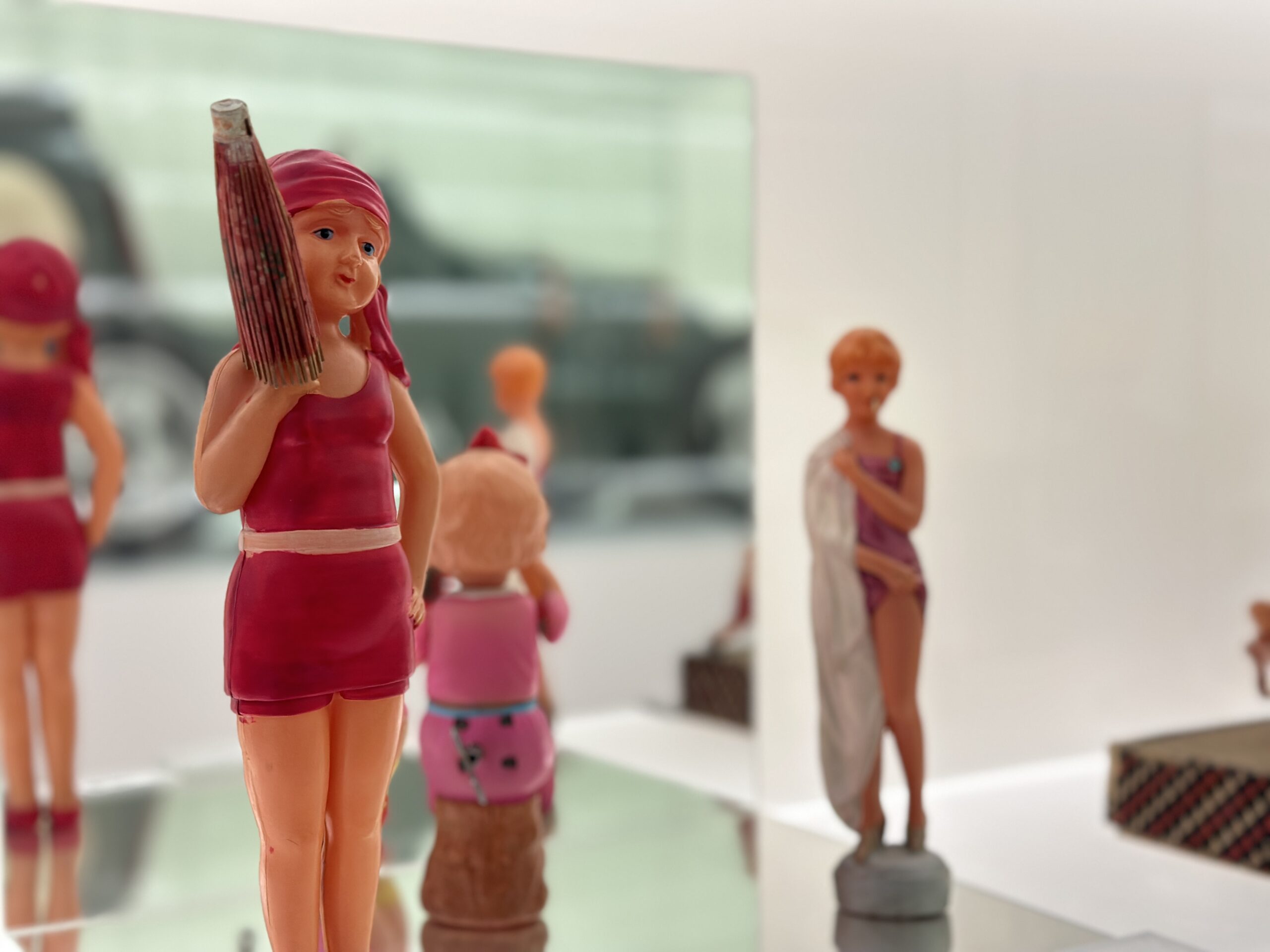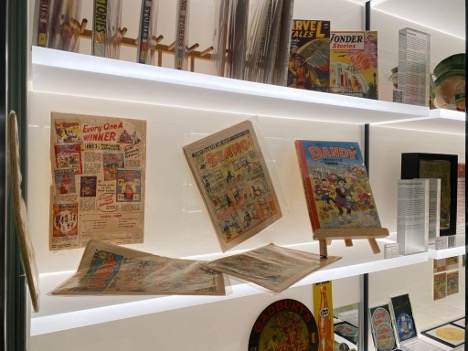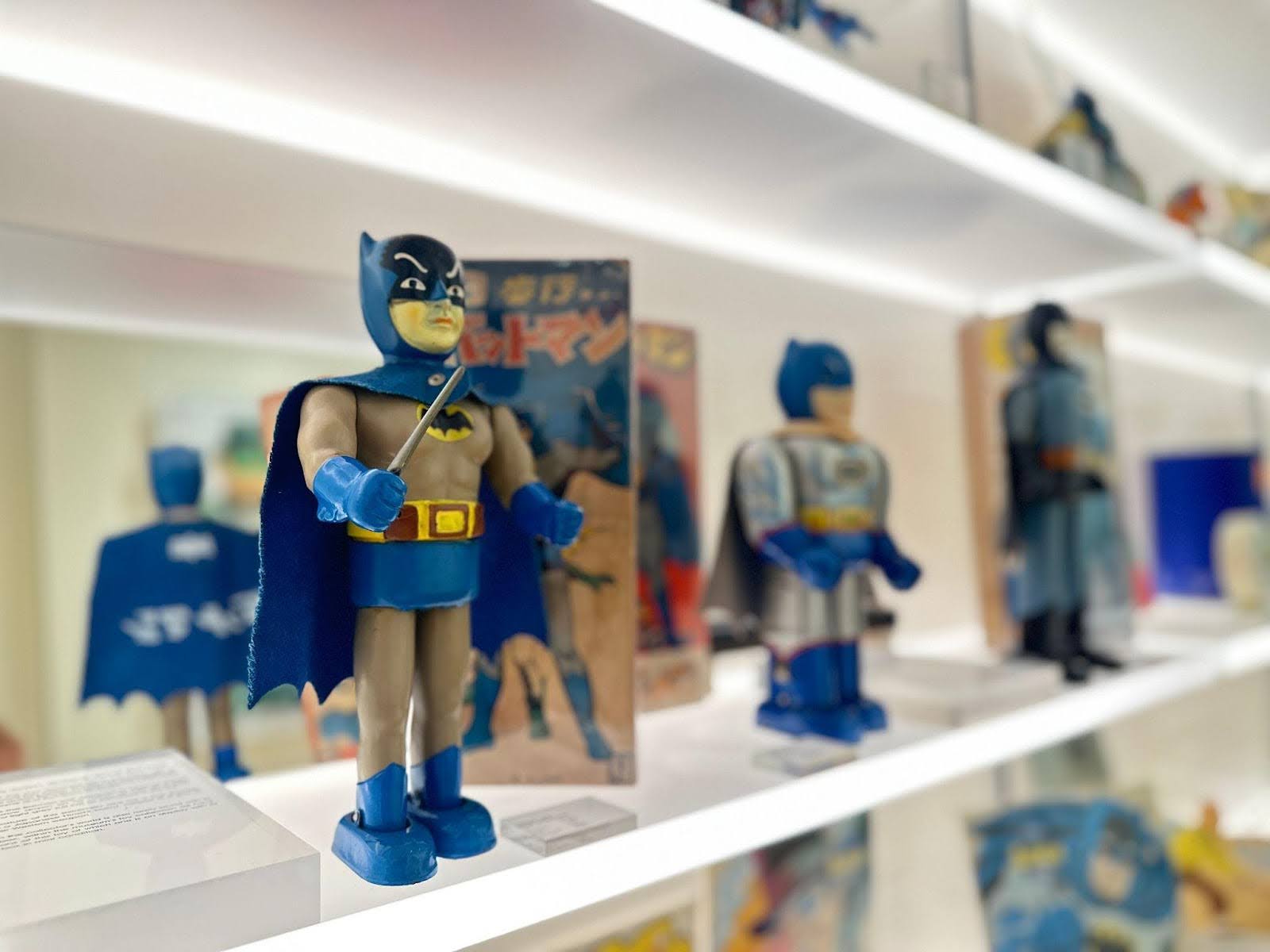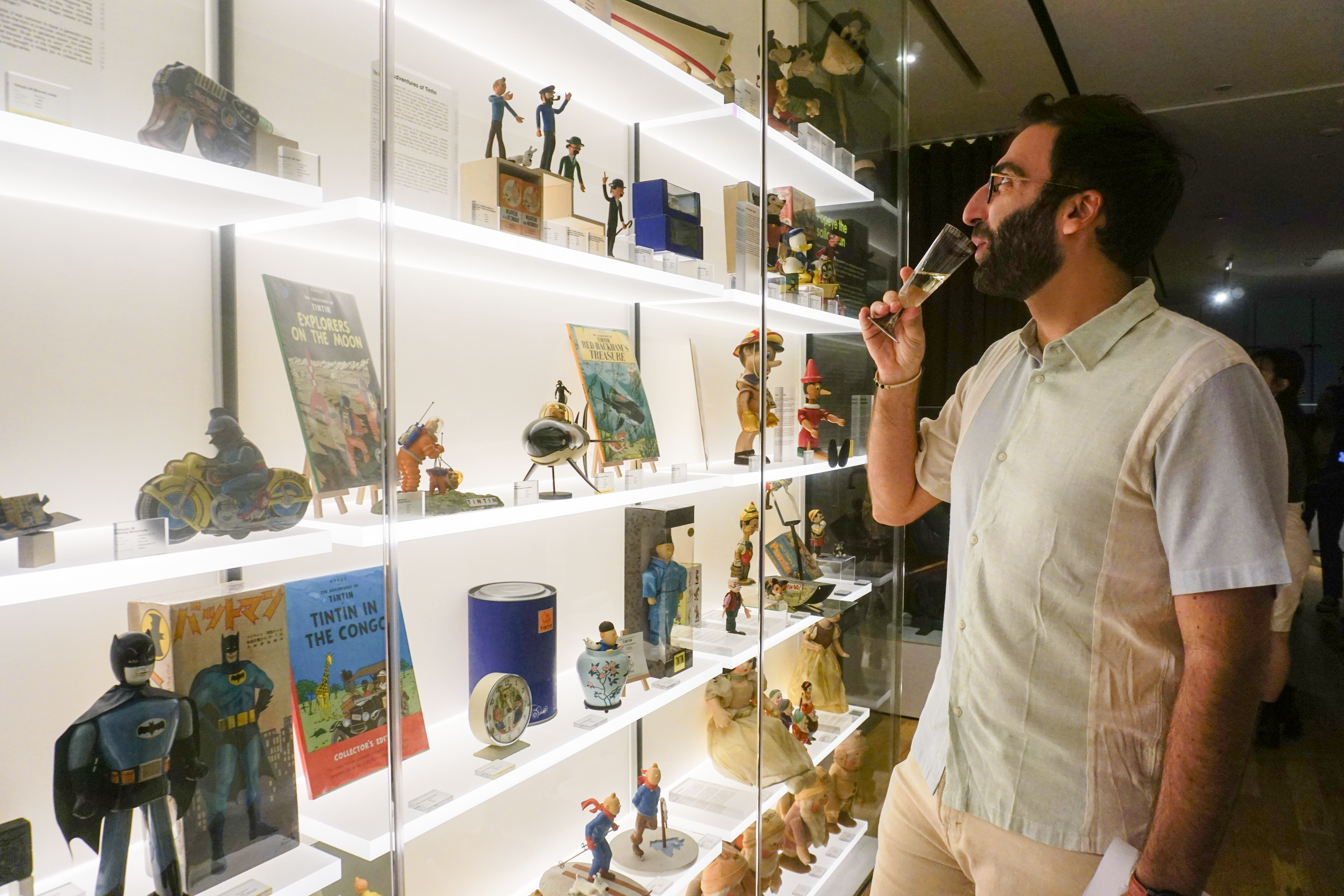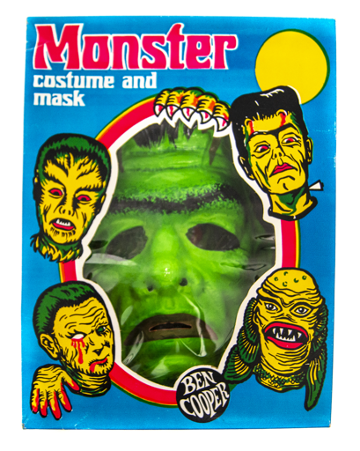In an era where travel has become as common as a morning commute, it’s easy to forget that not too long ago, journeying to distant lands was a luxury afforded to a select few. While tourists and visitors have been bringing home souvenirs from their travels for millennia, the tourism keepsake industry had a turning point in the 20th century thanks to factors like mass production and the discovery of new materials like plastic.
Join the MINT Museum of Toys as we explore how the souvenir and keepsake industry blossomed after World War II and why these old mementoes still hold such significance today.
The Rise of the Mass-Produced Souvenir
For millennia, travelling for pleasure was an exclusive privilege enjoyed by the elite. Journeys could take weeks, months, or years, and only a fortunate few with the wealth and resources could venture beyond their hometowns or countries. This meant that keepsakes from far-off places were not just tokens but symbols of wealth, adventure, and cultural exposure. Luggage labels and other souvenirs were cherished mementoes of journeys that most people could only dream of taking.
However, the post-World War II era witnessed a remarkable shift in the international tourism industry. Aircraft and rail technology developments drastically cut travel time and cost, and computerised systems made flight and hotel bookings easier than ever before. Coupled with post-war economic booms, this finally made travel a viable option for middle- and working-class people.
Simultaneously, the souvenir, gift, and keepsake industry was receiving a boost from the proliferation of new materials (like plastic) and the globalisation of mass production. Attractions of all sizes could now offer visitors custom merchandise–serving as sentimental keepsakes and promotional material.
Today, you can find travel keepsakes in almost every size and price point. But beyond serving as home decor, there are plenty of reasons why travel keepsakes matter:
1. An eternal memory of a treasured trip
For many, a hotel label or a souvenir is more than just a piece of paper or a trinket. It’s a tangible reminder of a treasured journey, the places you visited, and the experiences you had. Holding such an item can instantly transport you back to a moment when you explored new horizons and made memories that would last a lifetime.
2. A historical artefact of places and times that no longer exist

Some of the most valuable travel keepsakes are those that harken back to places that have faded into history. For instance, Singapore boasts a rich tapestry of hotels with unique stories that are unfortunately no longer in operation, like the Adelphi Hotel, Station Hotel, and Cathay Hotel. Luggage labels, gifts, and trinkets from such establishments are not just souvenirs but relics from another era, offering a glimpse into Singapore’s past.
Interested in stepping into the Singapore of yesteryear? Pay a visit to the MINT Museum of Toys’ Level 2 Collectables exhibition to see even more vintage luggage tags and memorabilia!
Travel memorabilia can also be highly specific to the time and place they come from, serving as a time capsule for the past. Tea tins, spice boxes, and postcards, for example, were popular souvenirs during the British Raj. They were shipped globally due to interest in British India and depicted South Asian landscapes, people, and communities through an Anglicised lens. By looking at such historical toys and memorabilia from the British Raj, we can understand how certain groups of people were viewed and treated back then – and trace the impact of that till today.
3. A reflection of changes through time for places that do still exist

On the flip side, travel keepsakes also serve as fascinating markers of continuity. For example, the iconic Raffles Hotel in Singapore has stood the test of time and continues to be a symbol of elegance and luxury. Looking at how souvenirs from Raffles Hotel have changed over the years allows us to trace the evolution of this historic establishment and witness its enduring allure.
Call them kitschy or overrated, but travel souvenirs, including hotel gifts and mementoes, will always hold a unique place in our hearts and history. They are not mere trinkets; they are windows into the past, carriers of memories, and connections to the places and experiences that have shaped our lives. So, the next time you stumble upon an old luggage label or a faded souvenir, take a moment to appreciate the rich history it represents and the countless stories it holds.
P.S. If you’re a collector or toy enthusiast with their own time capsule of memorabilia they want to show off, get in touch with our team about booking our pop-up spaces and bar space for rent to host your own mini exhibition!


